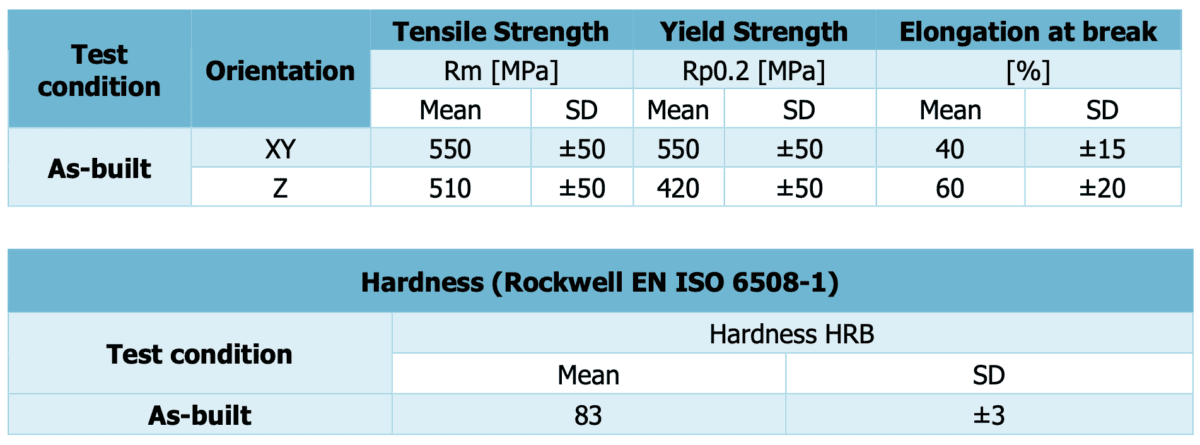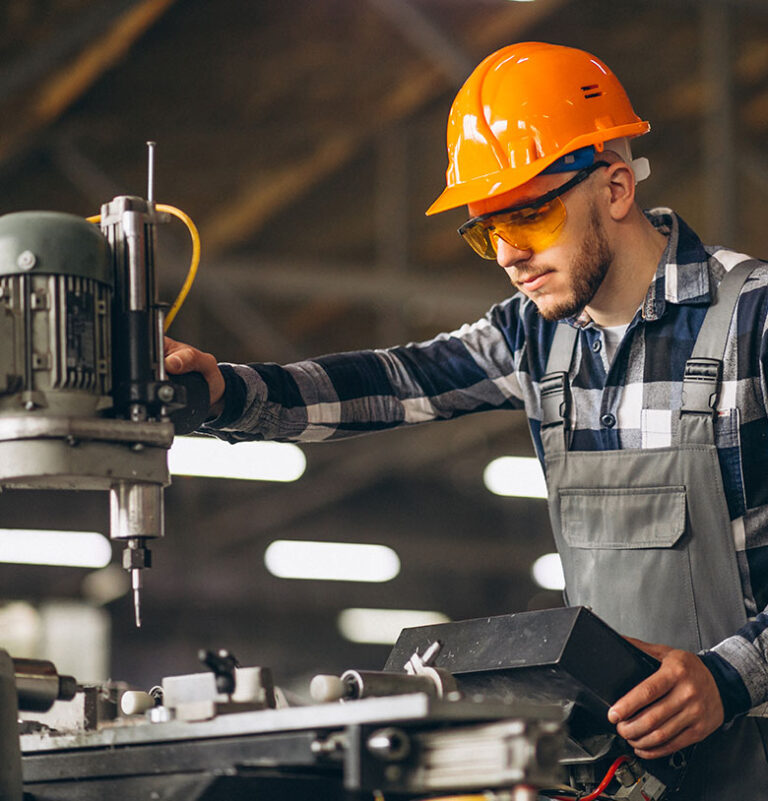316L
Overview
316L is a popular grade of stainless steel known for its corrosion resistance and versatility in various applications. It belongs to the austenitic stainless-steel family and is characterised by its low carbon content, which enhances its weldability and resistance to sensitisation, reducing the risk of intergranular corrosion. Widely used in industries such as marine, pharmaceuticals, and food processing. 316L stainless steel offers excellent durability and resistance to corrosive environments, making it a preferred choice for diverse structural and functional purposes.
Powder compatibility
DIN EN 10088 / UNS S31603 / ASTM F3184 / 1.4404
Brief introduction
316L stainless steel is widely embraced in the pharmaceutical industry for equipment and storage due to its corrosion resistance and suitability for sterilization processes. It remains a top choice in marine applications, particularly shipbuilding, owing to its durability in harsh saltwater conditions. Additionally, in the food and beverage sector, 316L ensures hygiene standards in the production of tanks, piping systems, and fittings.
Powder characteristics
Chemical composition

Mechanical properties

The test samples were printed in the EP-M300 & EP-M650 with the 50µm process.
DIN EN ISO 6892-1: 2020-06: A224
DIN 50125:2022-08: B6x30
Heat treatment
316L does not require heat treatment to be able to achieve mechanical properties but may still carry some residual stress from the MPBF process after printing. Recommended Stress relief:

Disclaimer
Recommendations are for guidance only and the suitability of the material for any application can only be confirmed upon getting to know the actual service conditions. Continuous development may cause changes in technical data without any prior notice. The current datasheet is only valid for EPlus3D materials.
All test data has been created with a well-maintained machine with well-maintained powder if machine is operated incorrectly or the feed material is not maintained performance of the material may not be seen.
- Alterations to the parameter sets after they have been provided to the customer may also affect the overall performance of the material.
- All tensile testing carried out to (DIN EN ISO 6892-1: 2020-06: A224, DIN 50125:2022-08: B6x30). Orientation Z defined as vertical perpendicular to the build plate. XY orientation defined as Parallel to the plate in the X or Y direction of the top view of the plate.
- All Hardness measurements carried out to standard (ISO 6508-1:2016).

Metal 3D Printing
Laser powder bed fusion (LPBF) is one of the most popular technologies for fabricating metal 3D parts.

Engineering Solutions
We provide tailored engineering solutions to optimise the design and production process.

Systems and Equipment
Our solution to your needs is beyond a service bureau. We are certified collaborators …
WHY E-3DMETAL?
Nullam suspendisse mauris blandit cum pharetra odio mauris lacus risus. Velit at nam venenatis nunc lorem aliquam.
Safety and security
Egestas faucibus dui sit sagittis mi. Leo tempusinit
Guarantee
Mi ultrices lobortis nullanidun tincidunt non ante in.
Possibility of return
Dignissim et cras consequat nascetur bulla tinci


